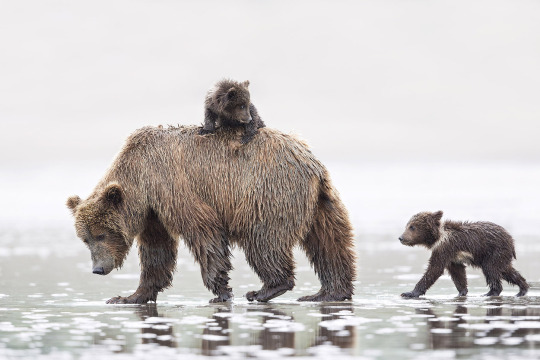Photo



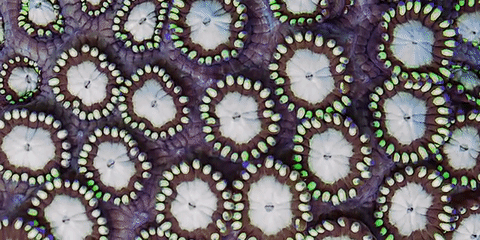

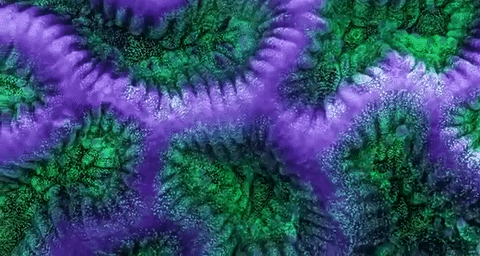
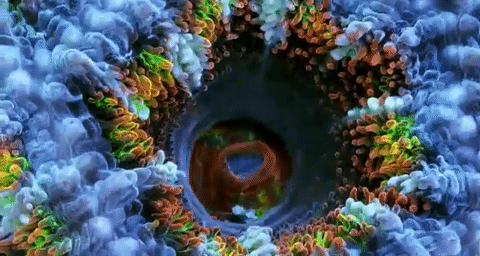
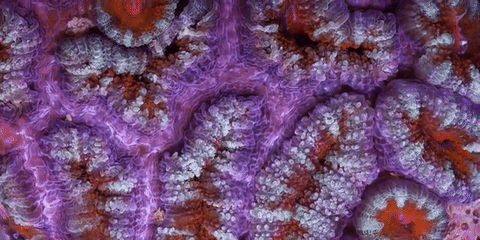
“corals and sponges build coral reefs and play crucial roles in the biosphere, yet we know almost nothing about their daily lives. these animals are actually very mobile creatures. however their motion is only detectable at different time scales compared to ours and requires time lapses to be seen.
“as colorful, bizarre looking, and environmentally important as we know corals and sponges are, their simple day to day life is hidden. time lapse cinematography reveals a whole different world full of hypnotic motion and my idea was to make coral reef life more spectacular and thus closer to our awareness.“
(sources x, x)
3K notes
·
View notes
Photo
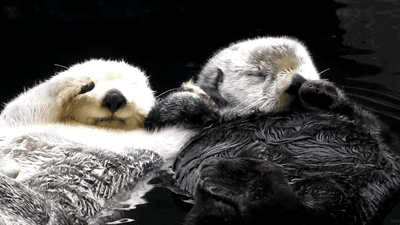
…and when the sea gets rough we hold hands; two independent souls choosing to float together out in the big wide world.
118K notes
·
View notes
Photo

Chameleon Fight - Madagascar - BBC by BBC Earth
2K notes
·
View notes
Photo
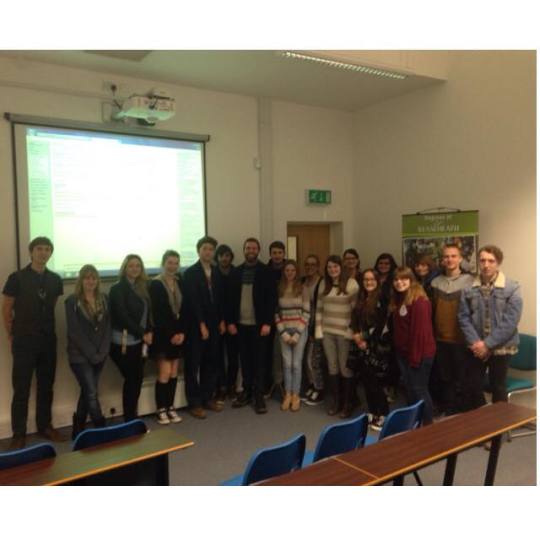
Had a great turnout for the Salamander Chytrid talk held by Liam Fitzpatrick from ZSL last night. He talked about the effects of chytrid fungus both in frogs and toads and the newly discovered fungus in salamanders. It was a very interesting talk and thanks to everyone who came along.
#reaseheath college#reaseheathconservationsociety#reaseheathconservationsocietyownphotography#zsl#zsllondonzoo#talk#conservation#chytrid#amphibians#salamanders#university#college#makeadifference#make a difference#get involved
1 note
·
View note
Photo
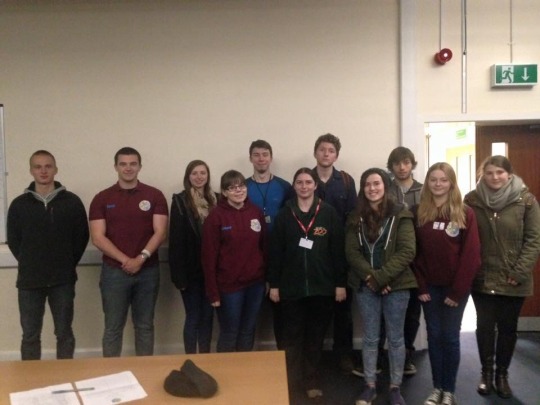
Yesterday, the society welcomed Susan Jones from the Welsh Mountain Zoo to talk about the work they do for both exotic and native species. It was a great turn out and thank you to everyone who came!
#reaseheathconservationsociety#reaseheathconservationsocietyownphoto#uk conservation#native species#conservation#welsh mountain zoo#reaseheath college#society#make a difference#get involved
0 notes
Photo

Dr. Dame Daphne Sheldrick - Daphne Sheldrick has successfully rasied and rehabilitated many wild species alonside her late husband David. Her involvement with wildlife has spanned a lifetime. She is a recognised International authority on the rearing of wild animals and is the first person to have perfected the milk formula and necessary husbandry for infant, milk-dependent elephants and rhinos. She lived in the Nairobi National Park, where they set up the David Sheldrick Wildlife Trust and it Orphans Project. Daphne has in-deth knowledge of animal psychology and behavioural characteristics of different species. She has published four books, numerous articles and made many television appearances. SHe has promoted wildlife conservation worldwide. The BBC depicted her work with orphaned elephants in the documnetry "Elephant Diaries". In the 2005 November issue of the Smithsonian Magazine, Daphne was named as one of 35 people, globally who have made a difference in terms of animal husbandry and wildlife conservation.
For more information visit https://www.sheldrickwildlifetrust.org/html/about_daphne_sheldrick.html
#reaseheath college#reaseheath conservation society#wildife#elephants#orphan animals#animals#daphne sheldrick#conservation#make a difference#inspiring#iconic#idols
54 notes
·
View notes
Photo

Wangari Maathai - Wangari Maathai was born in April 1940 in Nyeri, Kenya. She was the first African woman to be awarded the Nobel Peace Prize. In 1977 she started a grass-roots movement which aimed at countering the deforestation that threatened the agricultural population. The campaign encouraged women to plant trees which their local communities. The campaign spread to other African countries and resulted in over thirty million tress being planted. She also encouraged women to sustain natural resources. She has won many awards over the years and unfortunately in 2011, Wangari passed away. However her work will forever remain and continue thanks the Green Belt Movement, who's work encourages the planting of trees.
For more information about Wangari visithttp://www.nobelprize.org/nobel_prizes/peace/laureates/2004/maathai-facts.html
For more information about the Green Belt Movement visit http://www.greenbeltmovement.org/
#reaseheath conservation society#reaseheath college#International Women's Day#conservation#make a difference#wangari maathai#inspiring#trees#wildlife#planet
27 notes
·
View notes
Photo

Dr. Dame Jane Goodall - Jane Goodall was born in London, on April 3rd 1934. She travelled to Kenya in 1957 and there she meets Dr Louis S.B. Leakey, a famous anthropologist and palaeontologist. Her knowledge of Africa and its wildlife leads to him hiring her as his assistant. In 1960, Jane arrives on the shores of the Gombe Stream Chimpanzee Reserve in western Tanzania. At first the animals fled from her in fear but with patience and regular searches of the forest, and not getting too close too soon, the chimpanzees gradually accepted her presence. In October, 1961, she observes meat eating in chimps for the first time. At a later date, she sees them hunt for meat, which disproved that chimps are vegetarian. She also gets to see them making tools our of branches, such as using braches to push into termite mounds. This was one of the greatest discoveries for Jane as up until that time, it was believed that only humans were capable of creating tools. In 1962 she was accepted into Cambridge University as a PhD candidate. In August 1963 she published her first article, "My Life Among Wild Chimpanzees" in National Geographic.
Jane earns her PhD in ethology in 1965 and in 1977, Jane founds the Jane Goodall Institute for Wildlife Research, Education and Conservation. In 1988 the Jane Goodall Institute UK is founded as a charity.
Jane has produced lots of scientific research over the years which has helped define what we know about chimpanzees. Her list of publications include "Hope for Animals and Their World: How Endangered Species are Being Rescued from the Brink" and "The Chimpanzees of Gombe: Patterns of Behaviour". Today she spends her time peaking at venues around the world about eh threats facing chimpanzees and other environmental crises.
For more information see http://www.janegoodall.org.uk/jane-goodall/biography
#reaseheath conservation society#reaseheath college#animals#conservation#jane goodall#wildlife#make a difference#International Women's Day#iconic#idol
4 notes
·
View notes
Photo

Dian Fossey - Dian Fossey made her first trip to Africa in 1963 and in 1967 she established the Karisoke Research Centre between Mount Karisimbi and Mount Visoke. Her main objective was to study gorilla ecology, demography and social organisation. In order to do this she had to be able to identify individuals so she spent lots of time around the group, allowing them to habituate. In order to get a better understanding of them, she began to imitate their vocalisations and behaviours, the end result being one fo the male gorillas reaching out to touch her hand. In 1977, Digit, one of her favourite gorillas was killed by poachers, which led to her establishing the Digit Fund to raise money to help protect gorillas. It was later renamed the Dian Fossey Gorilla Fund International. In 1983, her book Gorillas in the Mist was published and in 1988 it went on to be made into a film. However on December 26th 1985, Dr. Dian Fossey was murdered in her own cabin in Karisoke. She is an iconic conservationalist because of what she did for gorillas. She took on poachers head on by destroying traps, confronting them face to face and she even hired anti-poachers and guards which she funded with her own money. She severely opposed the poaching of gorillas and the black market that sold gorilla skins, hands and head. Her organisation provides protection for mountain gorillas. She was convinced that without immediate and long term conservation goals, there would be nothing left to save.
For more information see http://gorillafund.org/about_dian_fossey
#reaseheath conservation society#reaseheath college#conservation#gorilla#dian fossey#wildlife#gorillas#animals#make a difference#International Women's Day#icons#idols
31 notes
·
View notes
Text
International Women’s Day
Today is International Women's Day. So here at the society we are celebrating all the women conservationalists out there. It's a day to celebrate achievements made by women and also to demostrate the efforts of some fantastic and iconic women.
When it comes to African conservation, four women spring to mind, Dian Fossey, Jane Goodall, Wangari Maathai and Daphne Sheldrick. The following images are of these iconic women and what they have done for conservation.
#Reaseheath Conservation Society#reaseheath college#international women's day#wildlife#animals#conservation#women#iconic#make a difference#get involved
4 notes
·
View notes
Photo

Good Morning Call of an Arctic Wolf by Michael Schönberger / 500px
15K notes
·
View notes
Photo
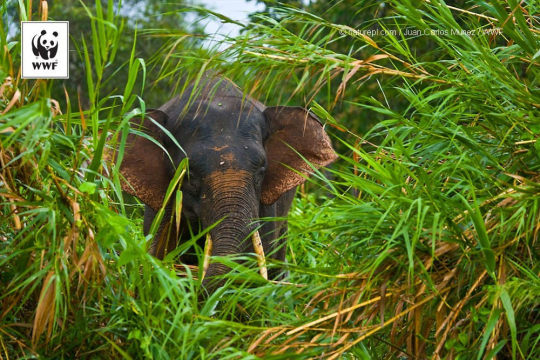
WWF #PicoftheWeek: Bornean pygmy forest elephant, Borneo, Malaysia Have you heard? World Wildlife Day is 3 March. http://flic.kr/p/Dy1m2D
156 notes
·
View notes
Photo
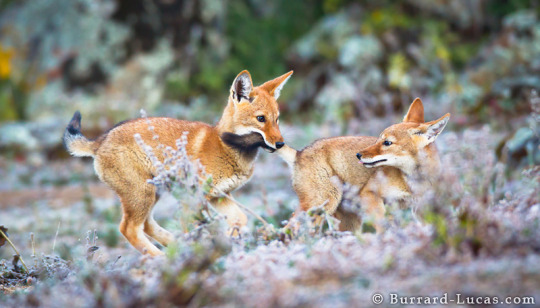
Tail Catch by Will Burrard-Lucas
337 notes
·
View notes
Photo
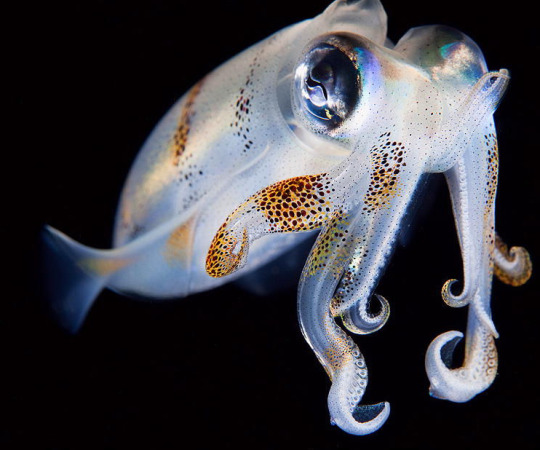
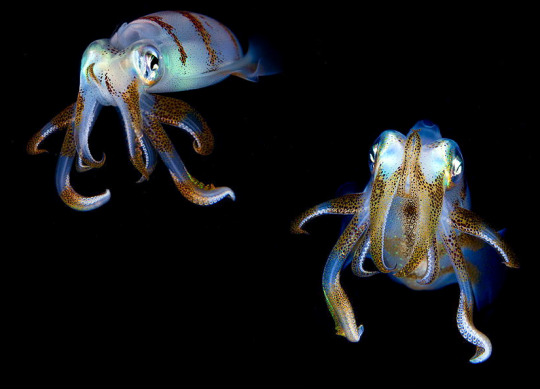
Alien’s form
Dahab. squid at night by Andrey Narchuk
3K notes
·
View notes
Photo
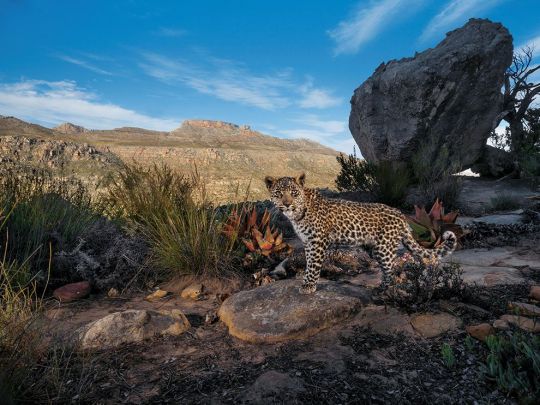
A camera trap set in South Africa’s Cederberg Wilderness records the steady gaze of a Cape leopard cub. Though not classified as a separate subspecies of leopard, these shy mountain cats are smaller than their savanna kin. Photograph by Steve Winter
331 notes
·
View notes
